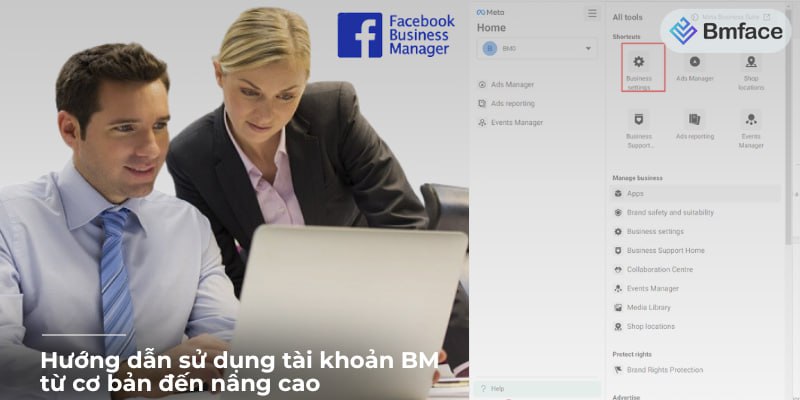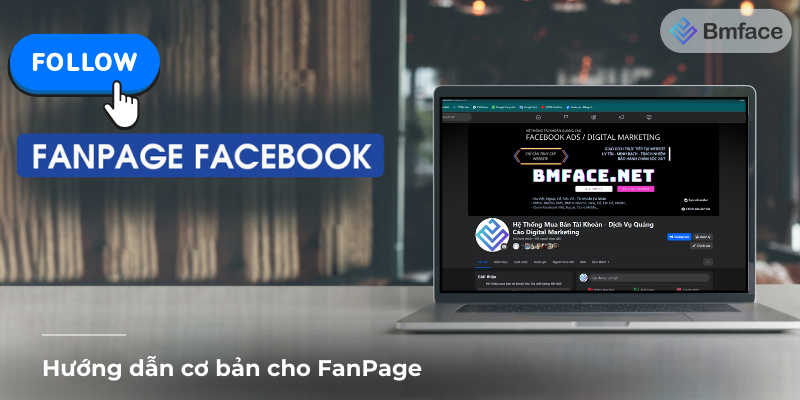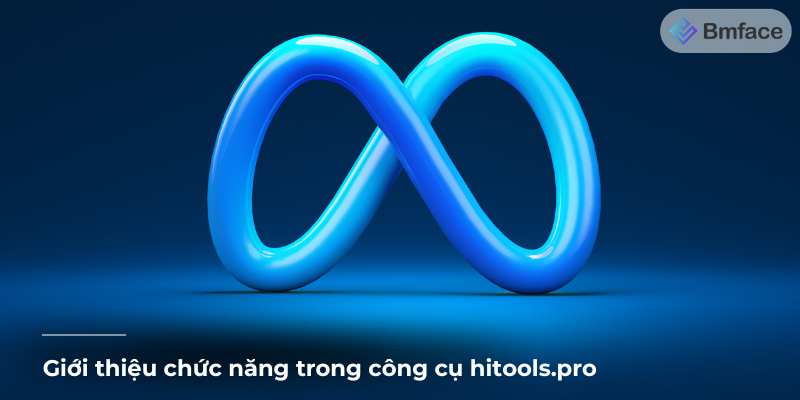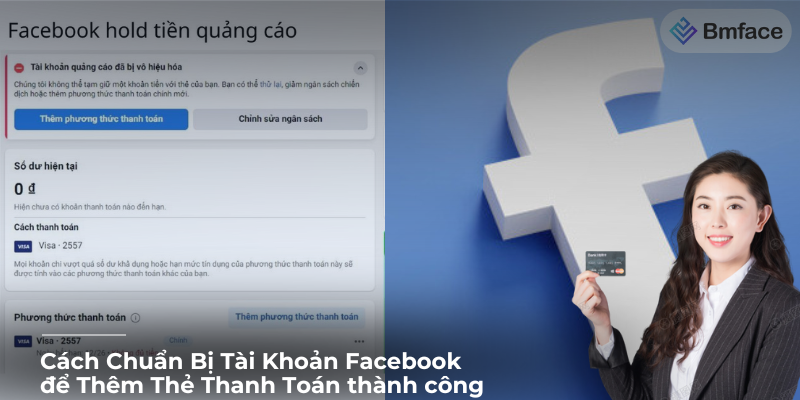Facebook advertising provides a great platform for affiliate marketers to reach a large audience and increase revenue. BMface will guide you through effective strategies to leverage Facebook Ads to increase your affiliate marketing income.
Understanding Facebook Ads
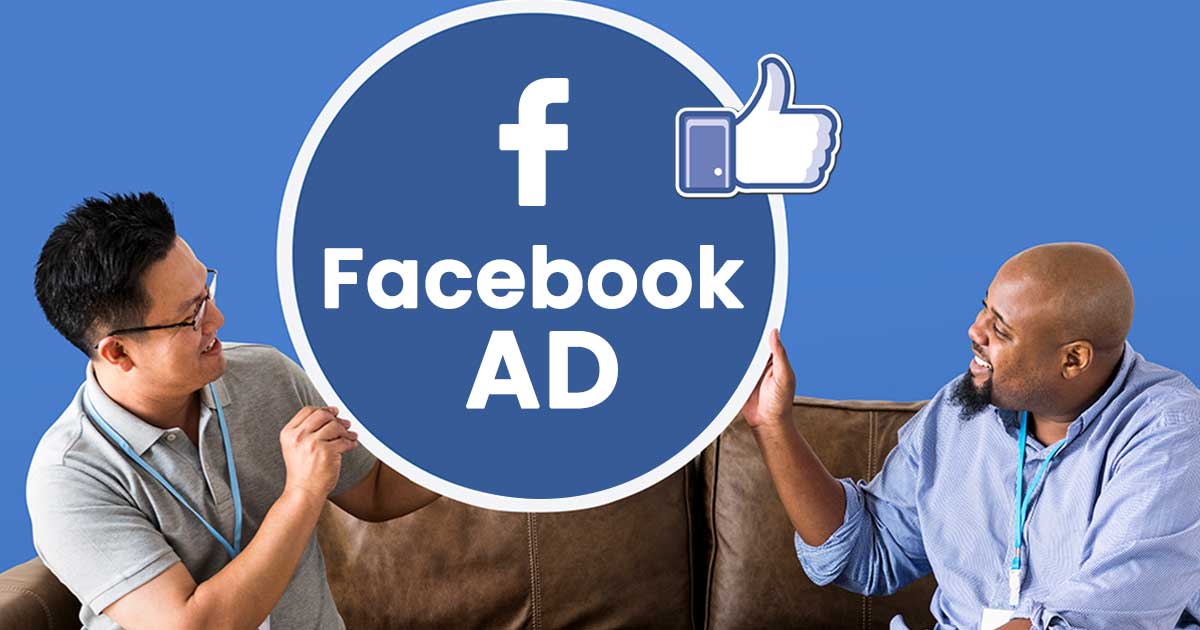
What Are Facebook Ads?
Facebook Ads are targeted advertisements that appear on users' Facebook feeds, Stories, and other placements within the platform. They allow businesses to reach specific audiences based on various criteria such as demographics, interests, and behaviors. Advertisers can create different types of ads, including image, video, carousel, and slideshow ads, each designed to engage users in unique ways. The platform's robust targeting options and wide range of ad formats make it a versatile tool for marketers.
Benefits of Facebook Ads for Affiliate Marketing
Using Facebook Ads for affiliate marketing offers several benefits, including:
Targeted Reach: Facebook's advanced targeting capabilities allow you to reach a highly specific audience. You can target users based on their age, gender, location, interests, online behavior, and even their interactions with your previous content. This precision ensures that your ads are seen by people who are most likely to be interested in the products you are promoting.
Cost-Effective: Facebook Ads offer flexible budget options to suit different financial capacities. You can set daily or lifetime budgets and adjust your spending based on the performance of your ads. This flexibility allows you to start with a small budget and scale up as you see positive results, making it accessible for both small and large businesses.
Measurable Results: Facebook provides detailed analytics to track the performance and ROI of your ads. You can monitor key metrics such as reach, impressions, clicks, click-through rates (CTR), and conversions. These insights help you understand how your ads are performing and where improvements can be made. By analyzing this data, you can optimize your campaigns to achieve better results and higher returns on your investment.
Example of a Facebook Ad Campaign for Affiliate Marketing:
Objective: Increase conversions for a fitness gadget.
Target Audience:
- Age: 25-45
- Gender: All
- Interests: Fitness, healthy living, exercise
- Behaviors: Engages with fitness content, frequently shops online
Ad Format: Video ad demonstrating the fitness gadget in use, with a compelling headline and a clear call-to-action button saying "Buy Now."
Ad Copy: "Transform your workouts with our state-of-the-art fitness gadget! Track your progress, stay motivated, and reach your goals faster. Limited time offer – get 20% off today! #FitnessGoals #HealthyLiving"
Performance Tracking: Monitor reach, engagement, CTR, and conversions using Facebook Ads Manager. Adjust targeting and ad creative based on performance data to improve results.
By leveraging the benefits of Facebook Ads, you can effectively promote affiliate products, reach your target audience, and drive sales in a cost-efficient and measurable way.
Setting Up Facebook Ads for Affiliate Marketing
Creating a Facebook Business Account
To start using Facebook Ads, you need to create a Facebook Business Account. This account will allow you to manage your ads, track performance, and access advanced advertising tools. Follow these steps to create your account:
- Go to Facebook Business Manager: Visit business.facebook.com and click on "Create Account."
- Enter Business Details: Provide your business name, your name, and your business email address.
- Set Up Payment Method: Add a payment method to fund your ads.
- Claim Your Assets: Add your Facebook Page and any other assets like Instagram accounts or ad accounts to your Business Manager.
Defining Your Target Audience
Identify your target audience based on factors such as age, gender, location, interests, and online behavior. Use Facebook's Audience Insights tool to gather detailed information about your potential customers. This tool provides valuable data on your audience’s demographics, page likes, location, activity, and more. To define your audience:
- Access Audience Insights: Navigate to the "Audience Insights" section in Facebook Ads Manager.
- Select Audience Criteria: Choose from demographic filters (age, gender, location), interests (specific hobbies or preferences), and behaviors (online activity and purchasing behavior).
- Analyze Data: Review the insights provided to understand your audience better and refine your targeting strategy.
Choosing the Right Ad Format
Facebook offers various ad formats, each designed to engage users in different ways. Select the format that best suits your marketing goals and content type:
-
Image Ads: These are simple and effective for grabbing attention. Use high-quality images with minimal text to create a clear, compelling message. Ideal for promotions and quick announcements.
-
Video Ads: These are engaging and informative, perfect for showcasing products in action. Use videos to demonstrate how your product works, share customer testimonials, or tell a story that resonates with your audience.
-
Carousel Ads: These allow multiple images or videos in a single ad, which is perfect for highlighting different features or multiple products. Users can swipe through the carousel, making it interactive and engaging.
-
Collection Ads: These are great for mobile users, offering a seamless shopping experience. Collection ads feature a cover image or video followed by several product images. When users click on the ad, they enter a full-screen experience to browse and purchase products.
Example of Setting Up a Facebook Ad Campaign for Affiliate Marketing:
1. Creating a Facebook Business Account:
- Visit business.facebook.com and click "Create Account."
- Enter your business details and payment method.
2. Defining Your Target Audience:
- Use Audience Insights to identify potential customers:
- Age: 25-45
- Gender: All
- Location: United States
- Interests: Fitness, healthy living, exercise
- Behaviors: Engages with fitness content, frequently shops online
3. Choosing the Right Ad Format:
- Select a Video Ad to showcase a fitness gadget:
- Create a short, engaging video demonstrating the gadget's features.
- Use a compelling headline and a clear CTA: "Transform Your Workouts – Buy Now!"
By carefully setting up your Facebook ads, defining your target audience, and choosing the right ad formats, you can effectively promote affiliate products and drive successful marketing campaigns on the platform.
Crafting Effective Ad Content

Writing Compelling Ad Copy
Your ad copy should be clear, concise, and persuasive. Highlight the benefits of the product or service you are promoting and include a strong call-to-action (CTA). Make sure your copy resonates with your target audience. Here are some tips:
- Start with a Strong Hook: Grab attention with a compelling headline or opening sentence.
- Focus on Benefits: Clearly state how the product solves a problem or improves the user’s life. Use phrases like "Discover how this gadget can simplify your workouts" or "Unlock the secret to flawless skin."
- Include a CTA: Encourage the reader to take action, such as "Shop Now," "Learn More," or "Sign Up Today."
Example:
"Transform your fitness routine with our innovative workout gadget. Track your progress, stay motivated, and achieve your goals faster. Limited time offer – get 20% off today! Shop Now!"
Using Eye-Catching Visuals
Visuals play a crucial role in capturing attention. Use high-quality images or videos that are relevant to your ad. Ensure your visuals are aligned with your brand and message. Here are some guidelines:
- High Resolution: Ensure your images and videos are clear and professional-looking.
- Relevance: Use visuals that directly relate to the product or service you’re promoting.
- Brand Consistency: Maintain a consistent look and feel that matches your brand’s identity.
Example:
For a fitness gadget ad, use a high-quality video showing someone using the gadget during a workout, highlighting its features and benefits in action.
Incorporating User-Generated Content
User-generated content (UGC) can enhance the credibility of your ads. Include testimonials, reviews, or images from satisfied customers to build trust and authenticity. Here’s how to do it effectively:
- Testimonials: Share quotes from happy customers. Ensure they are genuine and relatable.
- Reviews: Highlight positive reviews from platforms like Amazon or Google Reviews.
- Customer Photos/Videos: Feature images or videos of real customers using your product.
Example:
Include a photo of a customer using your fitness gadget with a testimonial:
"I’ve tried many workout gadgets, but this one is a game-changer! It’s easy to use and has really helped me stay on track with my fitness goals. - Jane D."
Example Ad Content:
Ad Copy:
"Achieve your fitness goals faster with our state-of-the-art workout gadget. Monitor your progress, stay motivated, and get results. Don’t miss our limited-time 20% discount! Shop Now!"
Visuals:
- Video: A short, engaging video of a person using the fitness gadget during different exercises, with text overlays highlighting key features.
- Images: High-quality images showing the product in use, with a consistent color scheme matching the brand.
User-Generated Content:
- Testimonial: A quote from a satisfied customer alongside their photo: "This gadget has transformed my workouts! It's the best fitness investment I've made. - John M."
- Review Highlight: Screenshot of a 5-star review from Amazon.
By combining compelling ad copy, eye-catching visuals, and authentic user-generated content, you can create effective Facebook ads that capture attention, build trust, and drive conversions.
Optimizing Your Ads for Better Performance

A/B Testing
Conduct A/B testing to compare different versions of your ads. Test various elements such as headlines, images, and CTAs to determine what works best. Use the insights gained to optimize your ads for better performance. Here's how to conduct effective A/B testing:
- Select Variables to Test: Choose one element to test at a time, such as the headline, image, CTA, or ad format.
- Create Variations: Develop two or more versions of your ad, each with a different variation of the selected element.
- Run the Test: Launch your ad variations simultaneously to a similar audience to ensure fair comparison.
- Analyze Results: Use Facebook Ads Manager to compare the performance metrics of each variation. Identify which version performs best.
- Implement Changes: Apply the successful elements from your test to future ads to improve overall performance.
Monitoring Ad Performance
Regularly monitor the performance of your ads using Facebook Ads Manager. Pay attention to key metrics such as:
- Click-Through Rate (CTR): Measures the percentage of people who clicked on your ad after seeing it. A higher CTR indicates that your ad is engaging and relevant to your audience.
- Conversion Rate: Indicates the percentage of clicks that resulted in a desired action, such as a purchase or sign-up. A higher conversion rate signifies that your ad is effective in driving actions.
- Return on Ad Spend (ROAS): Calculates the revenue generated for every dollar spent on ads. A higher ROAS means your ad campaign is profitable.
Regular monitoring helps you identify trends, understand your ad performance, and spot areas for improvement.
Adjusting Your Strategy
Based on your performance analysis, make necessary adjustments to your ad strategy. Experiment with different targeting options, ad formats, and content to find the most effective approach. Here are some strategies for optimization:
- Refine Targeting: Use the data from your performance metrics to adjust your audience targeting. Narrow down or broaden your audience based on what works best.
- Try New Ad Formats: If your current ad format isn't performing well, experiment with different formats like carousel ads, video ads, or collection ads.
- Update Ad Content: Revise your ad copy and visuals based on feedback and performance data. Make sure your content remains fresh, relevant, and engaging.
- Optimize Budget Allocation: Reallocate your budget to higher-performing ads or campaigns to maximize your ROI.
Example of an Optimization Process:
A/B Testing:
- Variable: Headline
- Variation A: "Transform Your Fitness Routine – Buy Now!"
- Variation B: "Get Fit Faster with Our Top-Rated Gadget – Shop Today!"
- Result: Variation B has a 25% higher CTR.
Monitoring Performance:
- CTR: 2.5%
- Conversion Rate: 3.2%
- ROAS: 5:1
Adjusting Strategy:
- Targeting: Narrow audience to fitness enthusiasts aged 25-35.
- Ad Format: Test video ads to replace underperforming image ads.
- Content Update: Incorporate more user-generated content and testimonials to build trust.
Conclusion
Using Facebook Ads effectively can significantly boost your affiliate marketing revenue. By understanding the platform, setting up targeted ads, crafting compelling content, and continuously optimizing your strategy, you can achieve impressive results. Start leveraging Facebook Ads today to take your affiliate marketing efforts to the next level. Through regular A/B testing, performance monitoring, and strategic adjustments, you can refine your approach and maximize your success.
For more insights and updates on effective social media strategies, make sure to follow Bmface and our tutorial blog, where we share the latest and most effective content marketing tips.
Cảm ơn bạn đã theo dõi bài viết. Mua hàng tại Bmface.com để ủng hộ đội ngũ Admin viết thêm nhiều bài viết hay. Xin cảm ơn!










